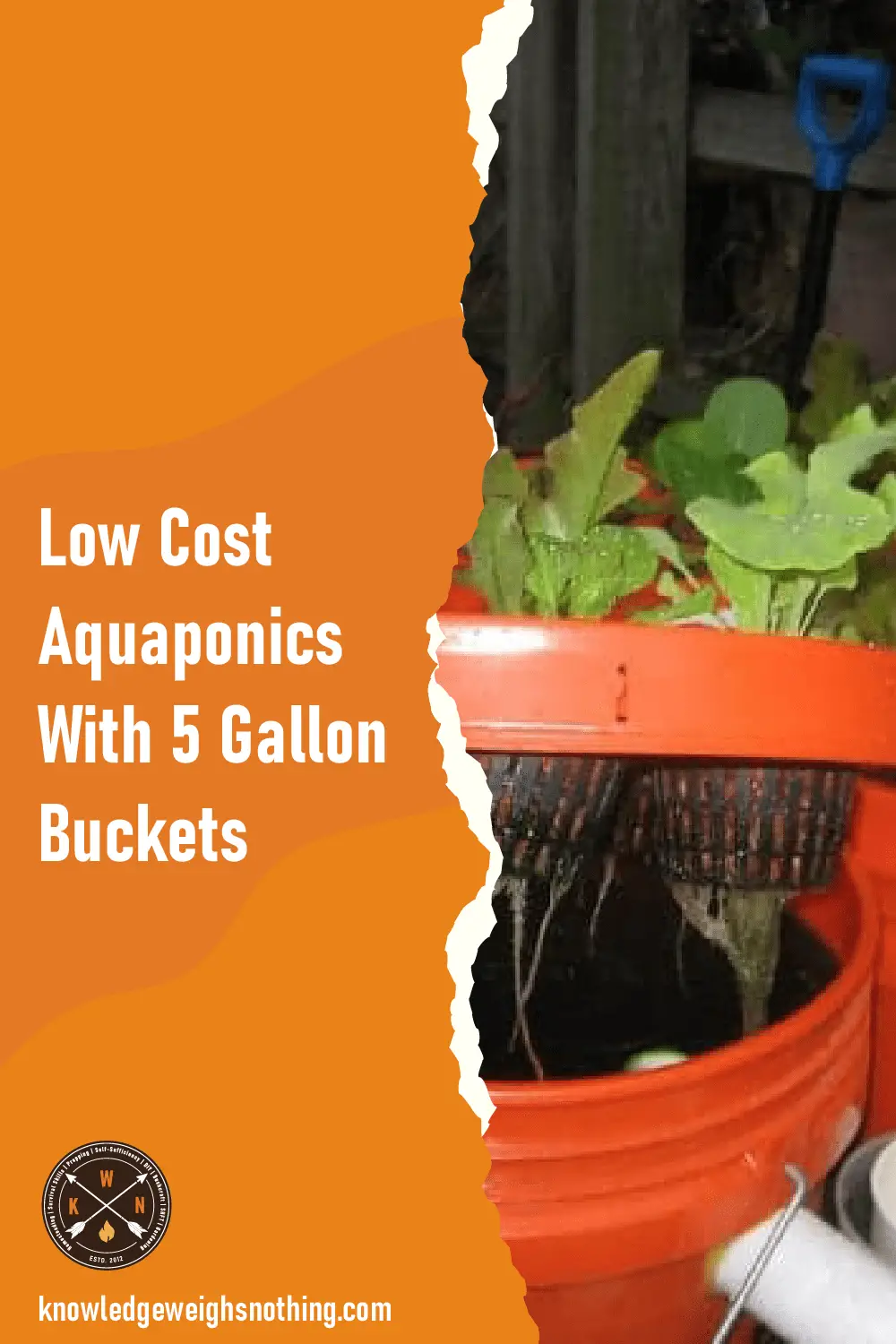
Many people think that a bug out bag is the only bag they should assemble as part of their preps. In reality, if you’re truly concerned about your everyday safety as well as about you not being home when SHTF, then what you need is some everyday carry gear (or EDC, for short).
In short, EDC is the sum of all the items you have on your person every single day for survival purposes. They’re also referred to as your “EDC kit” and you’d typically use them:
- to protect you from thugs, angry mobs and assaults
- to get you home in case of a major crisis or disaster (many people don’t realize they might not be home when it happens)
- and to help you take care of a medical emergency (more on that in a minute)
Where should you store these items? Anywhere you can: inside your pockets, your purse, a bag, a pouch, a laptop bag and even inside your wallet. And if you really want some extra room, I suggest you get a few pairs of cargo pants (and cargo shorts for the summer).
OK, let’s get down to business. What should your everyday carry gear be? Well, there is no right answer to this. It depends on your age, sex, location, your fitness, your job and your lifestyle. You’ve got quite a lot of options and to make it easy for you so let’s start with the most obvious one.
Did you know your smartphone is one of the most powerful EDC items? Use it to make emergency calls to family members or the police, use it to take photos of videos of what’s happening (that could, later on, serve as proof), use it to find your way home when you’re lost via GPS. Not to mention you can store hundreds or even thousands of survival books and articles.
In addition, let’s add the following items to the list:
- cash (use it to pay off angry rioters to leave you alone or to get food and water from vending machines)
- a folding knife (useful for self-defence and a million other situations)
- a pen (a tactical pen could act as a self-defence weapon but if you already have a weapon, you can think about getting one with an incorporated flashlight)
- water purification tablets
- a small whistle
- a Paracord bracelet
- a portable solar phone charger
- an extra cell phone battery
- paper clips
- a bottle of water (This is controversial because water is heavy and you may not want to carry it with you every day. Nevertheless, if you have a messenger bag where you keep your laptop, it might be a good idea since you’ll be carrying it over your shoulder.),
- a small signalling mirror
- a mini-first aid kit
- …and a small multi-tool.
Most of these items are pretty cheap except for the smartphone but, if we leave it aside, you should be able to spend less than 100 bucks for the essential everyday carry gear listed above. Of course, the more stuff you have, the better prepared you’ll be for a wider variety of scenarios so if you want to take your EDC kit to the next level, consider these items:
- a bigger wallet (to allow for more stuff inside)
- a credit card knife (those are really popular because they look like credit cards and so they don’t raise suspicion)
- an extra pair of glasses
- a headlight
- a bandana
- a pair of extra socks
- a Bic lighter and a few matches
- a fixed blade survival knife (you may want to check the laws where you live to see if you can walk around town with one)
- a magnifying glass / Fresnel lens
- a couple of energy bars
- instant coffee
Quality Items or Cheap – Which Ones Should You Get?
Here’s the thing. If you get cheaper versions of these items, you’ll only save a few bucks and wake up with them not working when you need it most. Think about it… when chaos breaks loose, can you really afford a faulty folding knife or multi-tool? What will you do if that cheap phone charger doesn’t work?
So always do your research and go for the items that have the best reviews on sites like Amazon.com, forums, blogs etc. the other thing you should do is test your everyday carry gear every once in a while to make sure it’s still working. It doesn’t take long, you can do it twice a year, during daylight savings time (which is also the perfect time to rotate your food stockpile).
What’s Next?
Don’t be fooled: buying things is easy. The hard part is knowing how to use them and what to do in each situation. Plus, you’re gonna need a few more survival bags for various survival scenarios.
For example, a get home bag is something you have in your car or inside your desk with more gear than the one we discussed. It’s designed to get you home and won’t be carrying it with you wherever you go but you’ll need it in case something major happens and getting home is problematic.
Next, you’re going to need a bug out bag. Everyone’s heard of it but making one is tricky. It has to have a lot more stuff than your GHB, enough to keep you alive for at least a week out in the forest.
Last but not least, an INCH bag (which stands for I’m Never Coming Home) is an oversized BOB that can, in theory, keep you alive without permanent shelter for an indefinite amount of time. But let’s not get ahead of ourselves, here.
Let’s start with the EDC because it’s easier and more important and we’ll see where we go from there.




